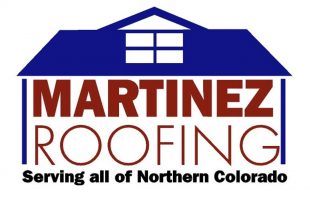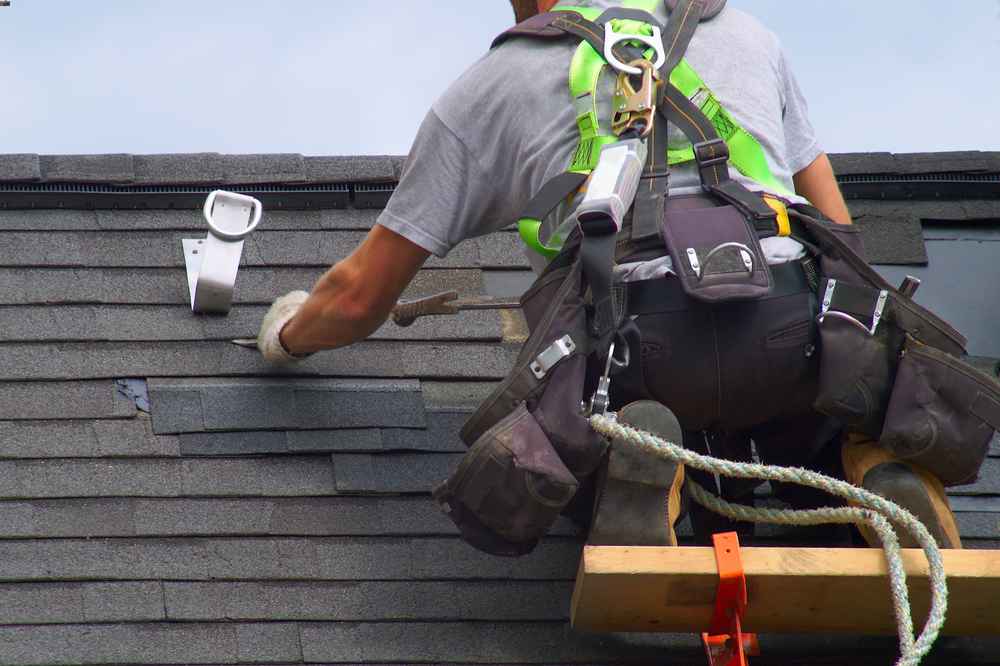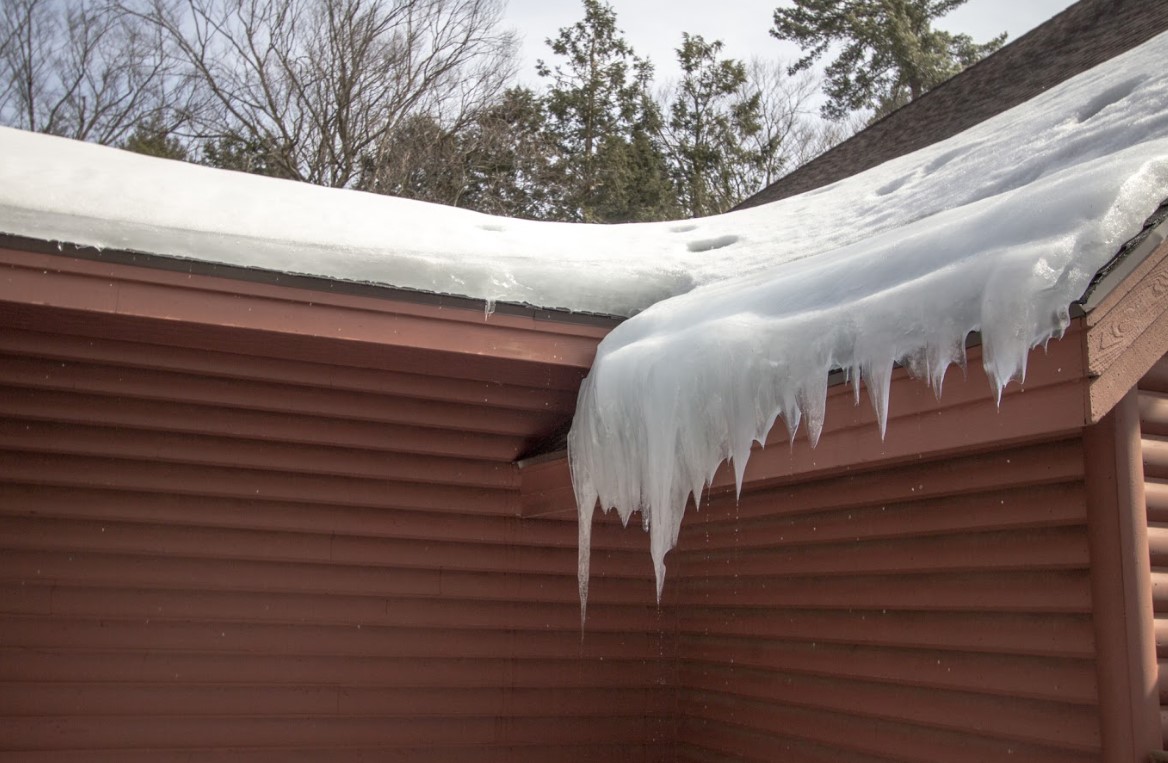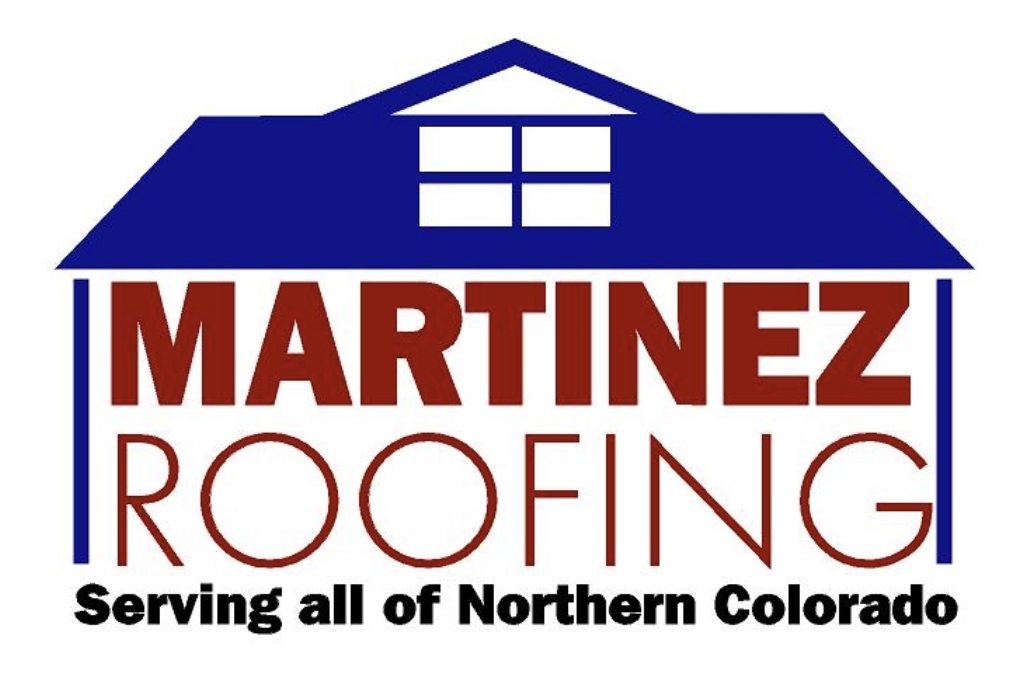A roofing estimate isn’t just a number—it’s a detailed breakdown of everything involved in your roofing project. From materials to labor and beyond, understanding the elements of a roofing estimate can help you compare bids, plan your budget, and avoid hidden costs.
At Martinez Roofing Inc., we believe in full transparency. Our roofing estimates are clear, comprehensive, and customized to fit your project. Whether you’re looking at a roof replacement, a repair, or an insurance claim, knowing what goes into the estimate helps you make a confident and informed decision.
In this guide, we’ll walk through every major component of a roofing estimate so you can understand what you’re paying for—and why it matters.

1. Roof Inspection and Measurements
Every accurate roofing estimate starts with a thorough inspection. This includes measuring your roof’s:
- Total square footage
- Slope or pitch
- Number of planes, valleys, and ridges
- Type of material currently installed
- Visible damage or problem areas
Some contractors use drones or satellite imaging for quick estimates, while others climb up to inspect the roof in person. At Martinez Roofing Inc., we use both traditional inspection methods and modern aerial measurement tools to ensure accuracy.
We also calculate your roof size using pitch multipliers, which adjust for the actual surface area based on the slope—something many homeowners aren’t aware of but that greatly affects material needs.
2. Type and Quantity of Roofing Materials
A major portion of your roofing estimate involves the materials. The type of roofing system you choose—asphalt shingles, metal, tile, or flat roofing—will significantly affect the cost.
A detailed estimate should specify:
- Type of shingles or panels (brand, style, color)
- Underlayment (felt, synthetic, ice and water shield)
- Drip edge and flashing materials
- Starter strips and ridge cap shingles
- Fasteners (nails, screws, etc.)
- Ventilation products (ridge vents, box vents, etc.)
Estimates should also account for waste and overage. Most contractors add 10–15% to material totals to ensure full coverage, especially for complex roofs with many cuts and angles.
You can review roofing material recommendations from the U.S. Department of Energy for insights into energy efficiency and cost considerations.
3. Labor Costs
Labor is often the largest portion of a roofing estimate. This includes:
- Tear-off and disposal of old roofing
- Installation of underlayment, shingles, and flashing
- Safety equipment and site preparation
- Cleanup and final inspection
Labor costs can vary based on:
- Roof complexity (multi-story homes, steep pitches)
- Accessibility (tight spaces or limited driveway access)
- Local wage rates
- Time of year or weather conditions
At Martinez Roofing Inc., we never outsource labor. Our trained and insured crews handle every job from start to finish, ensuring quality, consistency, and jobsite safety.
4. Tear-Off and Disposal
Most roof replacements require removing the existing roofing material. Your estimate should clearly state:
- Number of layers to be removed
- Cost of dumpster rental or debris removal
- Any additional charges for rot repair or decking replacement
Not all contractors include disposal costs upfront, so this is a key detail to look for. We always include it in our estimates to avoid unexpected charges later.
5. Roof Decking and Structural Repairs
Once the old roofing is removed, the roof decking (the wooden surface beneath your shingles) is inspected for rot, warping, or water damage.
Your estimate should outline:
- Cost per sheet of plywood if decking replacement is needed
- How many sheets are budgeted
- How additional repairs will be handled
While it’s impossible to fully inspect decking before tear-off, experienced roofers can spot signs of potential problems. We keep customers informed throughout the process and only replace decking with your approval.
6. Ventilation Systems
Proper ventilation is essential to extend the life of your roof and maintain indoor air quality. It also helps prevent:
- Ice dams in winter
- Moisture buildup in the attic
- Overheating during summer months
Your estimate may include:
- Installation or replacement of ridge vents, soffit vents, or gable vents
- Exhaust fan integration
- Ventilation code compliance
Ventilation systems should meet standards set by the International Code Council, which requires proper airflow between insulation and the roof deck.
7. Permits and Inspections
Depending on your location, roofing projects often require permits. A reputable contractor will handle:
- City or county permit applications
- Scheduling inspections (pre- and post-project)
- Ensuring code compliance
Your roofing estimate should list permit costs separately or state whether they are included. At Martinez Roofing Inc., we take care of all necessary permits to make the process hassle-free.
8. Warranties and Guarantees
Always look for warranty information in your roofing estimate. There are two primary types:
- Manufacturer’s warranty: Covers material defects (often 20–50 years)
- Workmanship warranty: Covers installation errors (typically 2–10 years)
We offer a 5-year workmanship guarantee on all installations and only use materials backed by strong manufacturer warranties. A clear warranty section in your estimate shows that the contractor stands behind their work.
9. Project Timeline
Time is an important factor—especially if your roof has active leaks or storm damage. Your estimate should include:
- Start and end dates (weather permitting)
- Estimated duration of installation
- Daily work hours
- Cleanup and inspection scheduling
At Martinez Roofing Inc., we provide realistic timelines and keep customers informed of any changes due to weather or materials availability.

10. Payment Terms and Financing Options
Understanding how and when to pay is crucial. Roofing estimates should clearly spell out:
- Total cost and payment schedule
- Accepted payment methods
- Down payment or deposit required
- Financing options (if available)
We offer no-money-down financing to help homeowners manage the cost of roof replacement. That way, you don’t have to delay essential repairs due to budget constraints.
11. Optional Add-Ons and Upgrades
Your estimate may also include optional services like:
- Gutter replacement
- Siding repair
- Skylight installation
- Solar-ready roofing systems
- Roof rejuvenation using Roof Maxx treatments
At Martinez Roofing Inc., we’re happy to walk you through these options so you can decide what’s worth investing in now versus later.
What Sets Our Estimates Apart
Too many homeowners get vague, one-page roofing estimates with unclear costs. That’s not how we do business. Our roofing estimates are designed to give you everything you need to make an informed decision—no guesswork, no hidden fees.
With Martinez Roofing Inc., you can expect:
- Detailed line items for every part of the job
- Transparent pricing with no upselling
- Clear timelines and expectations
- Reliable recommendations from roofing experts
- Local, family-owned service backed by 20+ years of experience
We want you to feel confident before, during, and after your roofing project.
Let’s Break Down Your Roofing Needs—Together
If you’re planning a roof replacement or repair, a thorough estimate is your starting point. It’s not just about getting a price—it’s about understanding every aspect of the work ahead.
Our team is here to make sure nothing is overlooked and everything is clearly explained. You’ll know exactly what you’re getting, how much it costs, and why it matters.
Get a free estimate now and let Martinez Roofing Inc. provide the expert guidance, service, and workmanship your home deserves.






